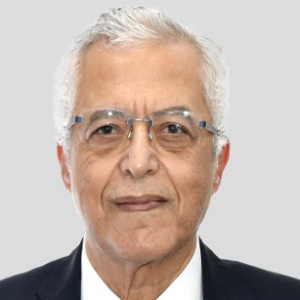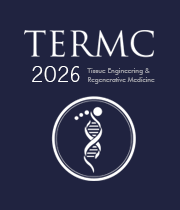Engineered Tissue Implantation
Tissue engineering is a biomedical engineering subject that restores, maintains, improves, or replaces biological tissues using a combination of cells, engineering, materials technologies, and appropriate biochemical and physicochemical parameters. Tissue engineering is most commonly associated with the use of cells on tissue scaffolds in the development of new living tissue for medical purposes, however it is not restricted to cell and tissue scaffold applications. While it was originally considered a sub-field of biomaterials, it has grown in scope and importance to the point that it may now be regarded a separate field. Tissue engineering/regenerative medicine strategies necessitate the interaction and integration of suitable physical and biological signals with tissue and cells. As a result, modifying variables such physiologically active proteins and DNA are essential for success. Simpler methods, such as employing primary chondrocytes to replace damaged cartilage and skin cell sheets to replace damaged skin, are now more successful. However, certain larger and more sophisticated tissue reconstructions, most notably the bladder, have been completed successfully, indicating that more complex tissue engineering operations may be possible in the future.

Nagy Habib
Imperial College London, United Kingdom
Lucie Bacakova
Institute of Physiology of the Czech Academy of Sciences, Czech Republic



Title : AI-integrated high-throughput tissue-chip for space-based biomanufacturing applications
Kunal Mitra, Florida Tech, United States
Title : Stem cell technologies to integrate biodesign related tissue engineering within the frame of cell based regenerative medicine: towards the preventive therapeutic and rehabilitative resources and benefits
Sergey Suchkov, N.D. Zelinskii Institute for Organic Chemistry of the Russian Academy of Sciences, Russian Federation
Title : In vitro evaluation of lyophilized Dedifferentiated Fat cells (DFAT) impregnated artificial dermis
Kazutaka Soejima, Nihon University, School of Medicine, Japan
Title :
Nagy Habib, Imperial College London, United Kingdom
Title :
Alexander Seifalian, Nanotechnology & Regenerative Medicine Commercialisation Centre, United Kingdom
Title : The regenerative medicine of the future
Marco Polettini, DVM, Italy